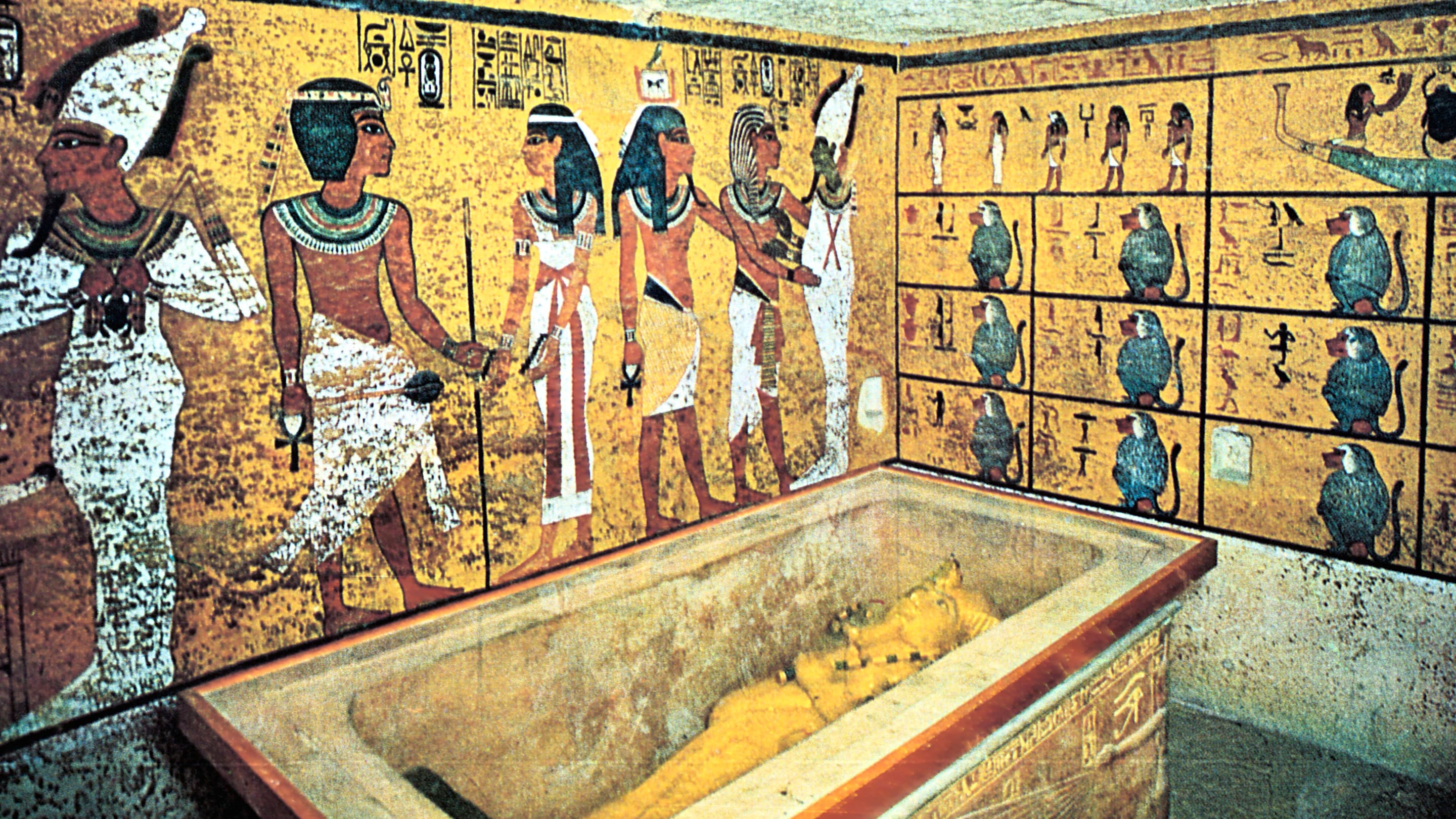Install our *FREE* WEB APP! (PWA)
Explore
© 2025 YubNub Social
About •
Directory • Contact Us •
Developers • Privacy Policy •
Terms of Use
• shareasale
• FB Webview Detected
• Android
• Apple iOS
• Get Our App









![X-Rated Margarita Stunt At Family Restaurant Gets Couple Arrested In Georgia [VIDEO]](https://www.rvmnews.com/wp-content/uploads/2024/07/2024.07.10-03.15-rvmnews-668ea59ad79cf.jpg)
![Utah Deputy Intentionally Crashes into Wrong-Way Driver to Stop Them, Gets Injured [VIDEO]](https://www.rvmnews.com/wp-content/uploads/2024/07/2024.07.10-02.24-rvmnews-668e99b33cef2.jpg)
![George Clooney Calls For Biden To Step Down Weeks After Hosting Fundraiser [VIDEO]](https://www.rvmnews.com/wp-content/uploads/2024/07/2024.07.10-03.44-rvmnews-668eac5e09942.jpg)

